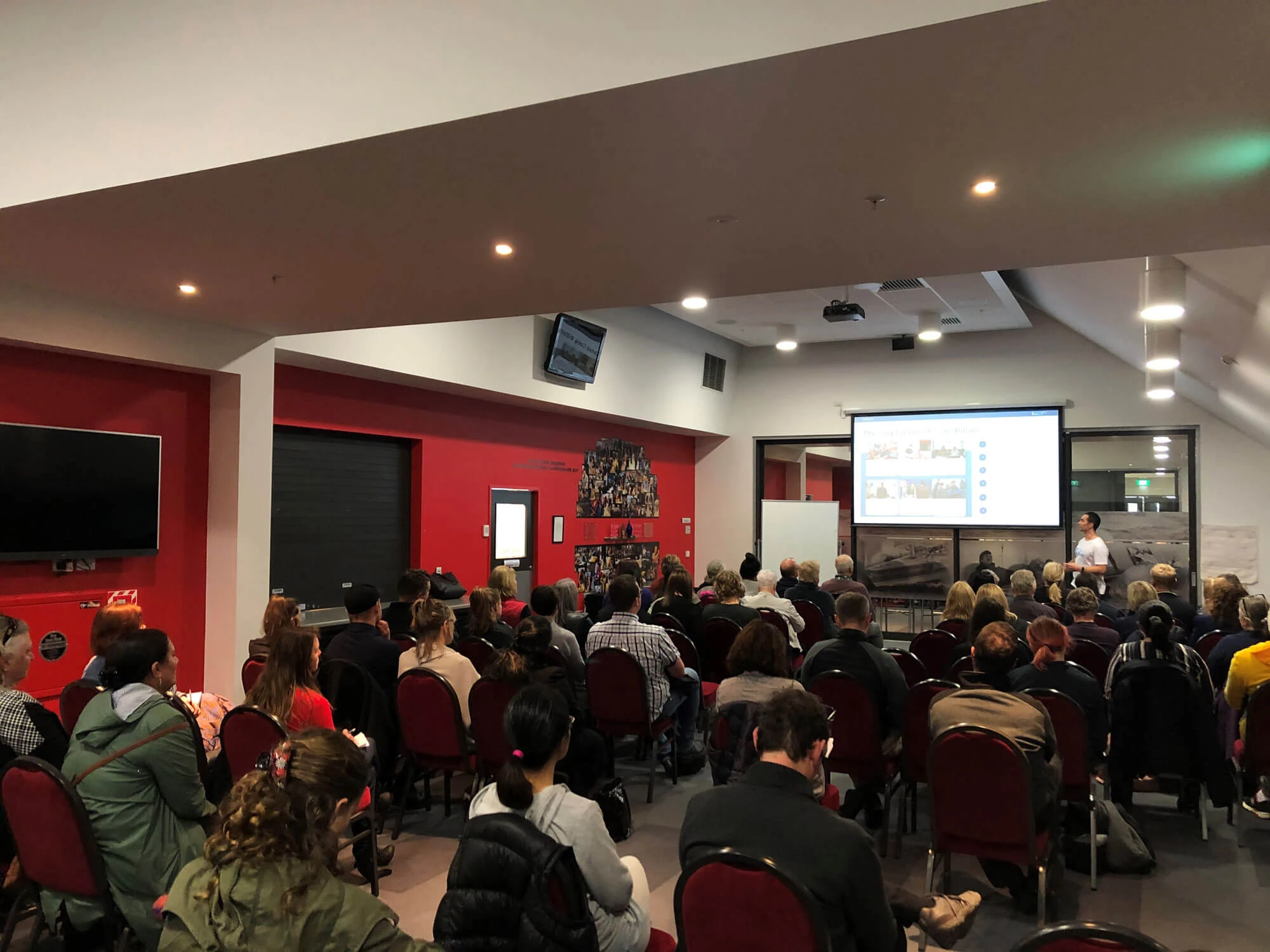Olives (Olea europaea)
Introduction
Are olives a suitable crop for Southland? The short answer is 'no.'
Recent plantings of olives in Canterbury and Central Otago have led to an increase in enquiries about olives at the Crop Centre. The following information is designed to give potential growers more facts on which they can base a business decision.
The potential olive grower falls into one of three main categories:
-
The person hoping to establish a commercial planting on which to make a future income
-
The developer who wishes to add value to a property by planting an olive grove
-
The lifestyle block owner who wishes to plant a few trees for ornamental purposes
Before you look at things such as varieties, harvesting, processing and marketing, take a step back and ask a simple question. Will olive trees grow and produce economic levels of fruit in the Southland climate?
Climatic Comparisons
Looking around gardens in the area you do not see many olive trees growing successfully. Why? The main reason is the climate. Olives grow best in a Mediterranean climate. This means cool winters so they can initiate and set fruit, followed by long hot summers, allowing the fruit to ripen to a level suitable for oil production or for table fruit. Does Southland have a climate like this?
When reading olive tree catalogues we see terms such as “suitable for warm, moderate or cold climates”. Unfortunately this refers to the temperatures in the winter, not the summer. Some varieties are able to stand cooler periods down as low as -8°C. Others die if the temperature gets this low.
The Topoclimate Project has mapped temperatures across the intensively farmed areas of Southland. This allows us to directly compare the temperatures in Southland with many of the large olive growing areas around the world. When we do this some interesting things can be seen. For example, the winter conditions in Southland are no hotter or colder than many areas that have grown olives for centuries. The summer conditions, however, are another matter. The majority of Southland does not have a warm summer when compared to the world’s main olive growing regions. This will make it very difficult for fruit to ripen to a level suitable for harvest.
The Topoclimate Project has identified very small pockets of land that may be suitable. Parts of Northern Southland (e.g. near Garston) and Western Southland (e.g. around Blackmount) and a few other localities have a climate more similar to Central Otago than Central Southland. Even so, they are very marginal for successfully ripening fruit. In places such as Alexandra and Cromwell harvest does not occur until late May. In most of Southland it is therefore unlikely that sufficient heat to ripen fruit for harvest will have accumulated before winter sets in.
However, if your idea is to have a nice olive grove outside your house, you can succeed. The trees will still grow and look like olive trees. Fruit will set, but in a normal year is unlikely to ripen properly.
Further Information
- Olives New Zealand (industry organisation)





